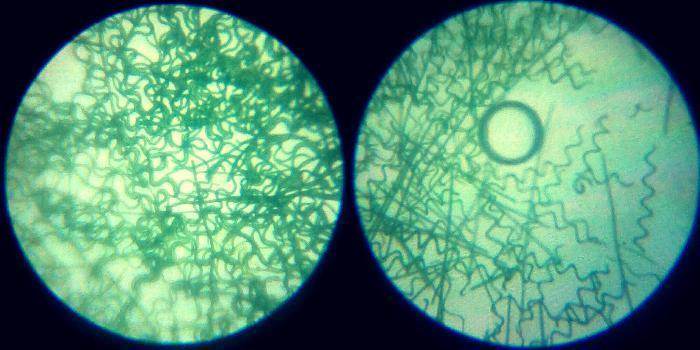













Bart van den Berg wrote:Is it possible to start a culture with the spirulina pills sold in the store?







spiritrancho Hatfield wrote:























Daerk Denelith wrote:
spiritrancho wrote:
The spirulina I started growing came from Wards Scientific. It originally clumped together and was easy to harvest with a fish net. Now it will only stain a 50 micron strainer, even tho it is dense ( sieche 1-2). I keep the solution above PH 9.5 to insure it is not cross contaminated.
I regularly use a cream seperator for goat's milk, making cream for butter. Has anyone experimented using a cream seperator for harvesting algae. Seperators from the urikrane are listed on ebay for as low as $72, $35 shipping.
Clumped together Algae is a sign of a bad environment. Likely due to the heating element you had in direct contact with the culture in the first place. When Algae is directly heated some of the cells die from being overheated and their polysaccharide content "thickens" the immediate water around it. When this happens enough times it causes a gel-like effect where dead and living algal cell biomass is caught and held in place. In addition, this "gel" layer of polysaccharide reduces the surface area contact the algae has with the medium, meaning it cannot absorb as much nutrient from the medium as quickly as it used to. This also can block some of the light wavelengths intended for the algae's photosynthesis. Specifically the red spectrum light which is converted into chlorophyll type "A" (the photosynthetic process primary workhorse).
Spirulina grown in such an environment is less nutritious, grows slower, and generally has a strong unpleasant seaweed flavour.
You need a graduated straining filter. Essentially:
One 5 gallon bucket with a few 1/4" holes drilled into the bottom.
One unaltered 5, 6, or 20 gallon bucket.
One 73 micron filter bag sized to fit into the 5 gallon bucket.
One 45 micron filter bag sized to fit into the 5 gallon bucket.
One 25 micron filter bag sized to fit into the 5 gallon bucket.
Place the unaltered large bucket on a flat surface.
Place a wooden or metal support grid over the top of the large bucket. (You can use 2 separate 2"x4" studs, a metal grill, etc)
Place the 5 gallon bucket on top of the supports. Ensure the holes are unblocked and fluid can pass from the holed 5 gallon bucket into the larger bucket unhindered.
Place the 25 micron filter bag into the 5 gallon bucket first.
Place the 45 micron filter bag into the 5 gallon bucket next (directly on top of the 25 micron filter bag).
Place the 73 micron filter bag into the 5 gallon bucket last (directly on top of the 45 micron filter bag).
To use, simply pour your algae culture into the 73 micron filter bag. The 73 micron filter bag will effectively filter out the clumpy dead zone sections of your algae culture. This is the lowest quality harvest you have just captured.
The 45 micron filter bag will collect a much better and more nutrient-rich harvest of live spirulina with less ratio of dead cells or clumps. This is your mid-grade quality harvest.
The 25 micron filter bag will collect a significantly more nutrient-rich harvest of living spirulina. This is the top notch grade. Doesn't get better than this.
Concerning the cream/milk separator... save your money. Those separators are around 250 micron density filter material. Anything over 60 micron and you won't be harvesting your spirulina unless it's dead colony strips or clumps.
Here's a source for relatively cheap 5 gallon filter bags: http://www.freshheadies.com/catalog/bubble-bags-singles-22/5-gallon-replacement-bag-38.html
Hope this helps...




Hari Shankar Thivakar wrote:
I am facing the problem of Spirulina clogging in my filters. After three tenth day. I am using the 50 micron mesh. Three of these placed in a wooden frame. My ph shot up to 10.7 from 10.1 the day before.




With love, from Finland
- Jeshurun Tiger

|
there is always a bigger fish to eat the tiny ads:
heat your home with yard waste and cardboard
https://freeheat.info
|

.jpg)





